Brief
In this project, I grouped up with Jimmy Zhong and Boungjin Ty to discuss the future of Autonomous Vehicles. We set our stage around 2035 where the switch to electronic powered fully autonomous frees up more internal space for a better riding experience. We asked many industry stakeholders and potential customers together to shape the luxury, environmentally friendly working and riding experience.
Type
Duration
Class
Year
School project
2 monthes
Urbanist Interaction by Andy Law
4.2022 - 9.2022
Team
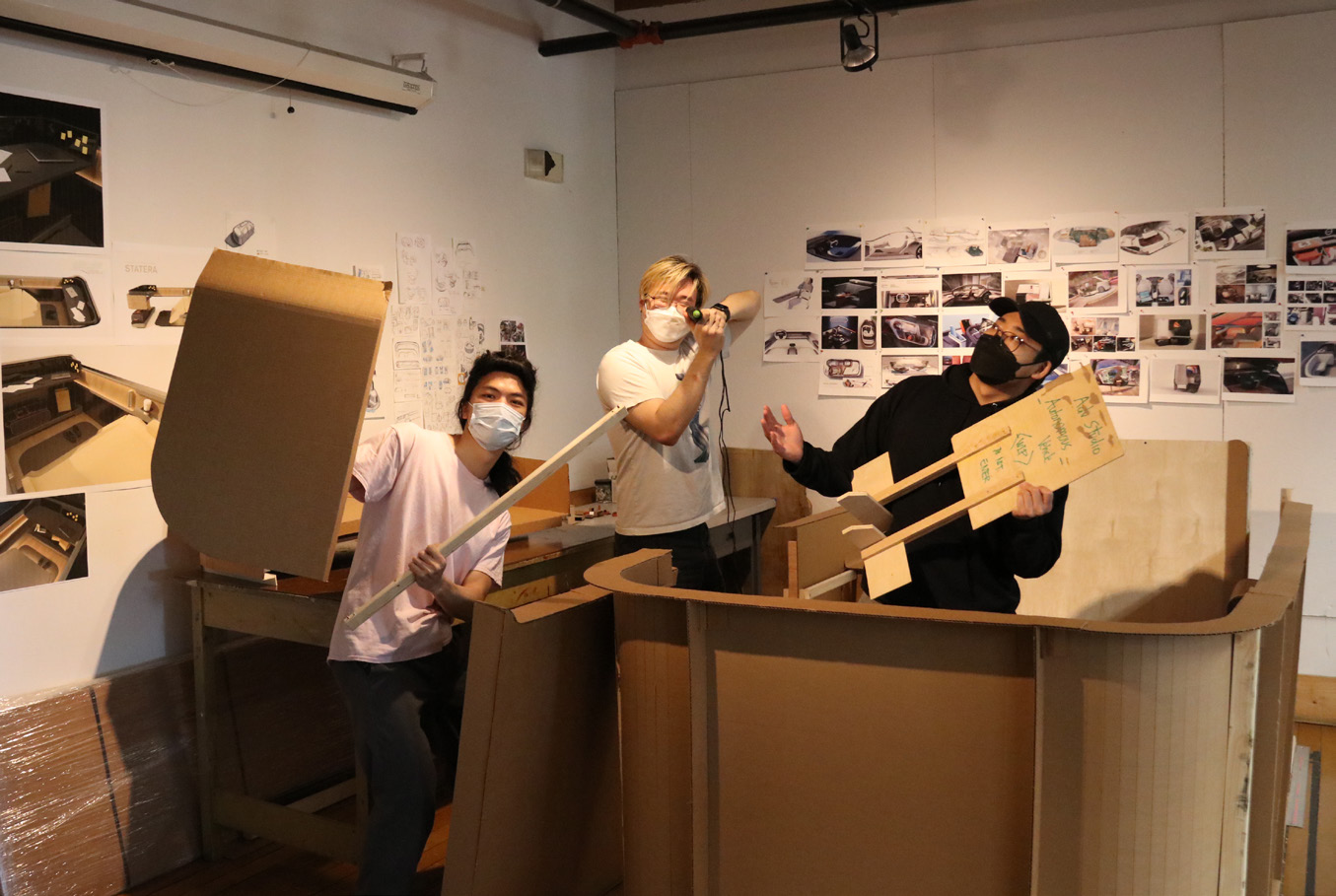
Jimmy "Xiaosheng" Zhong (left), Tian Tian(Middle), Boungjin Ty(Right)
Problems
Commuter suffers from the discomfort
as a result of overcrowding, microclimatic conditions, noise and vibrations.
- NIH
80%
of employee will return back to their office after covid
- Ericsson Consumer Research
We then asked people around how do they think about their current commuting experience:
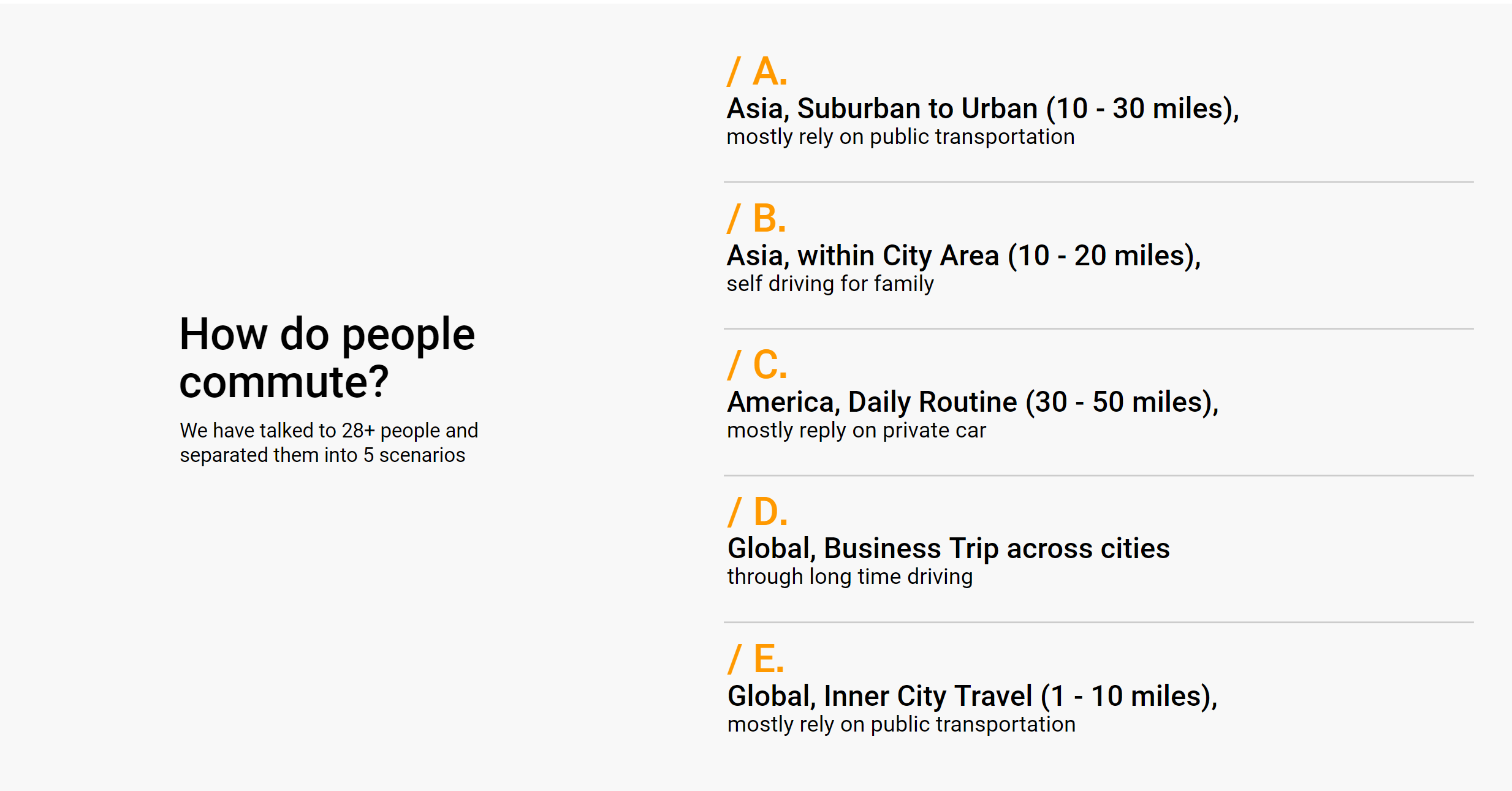
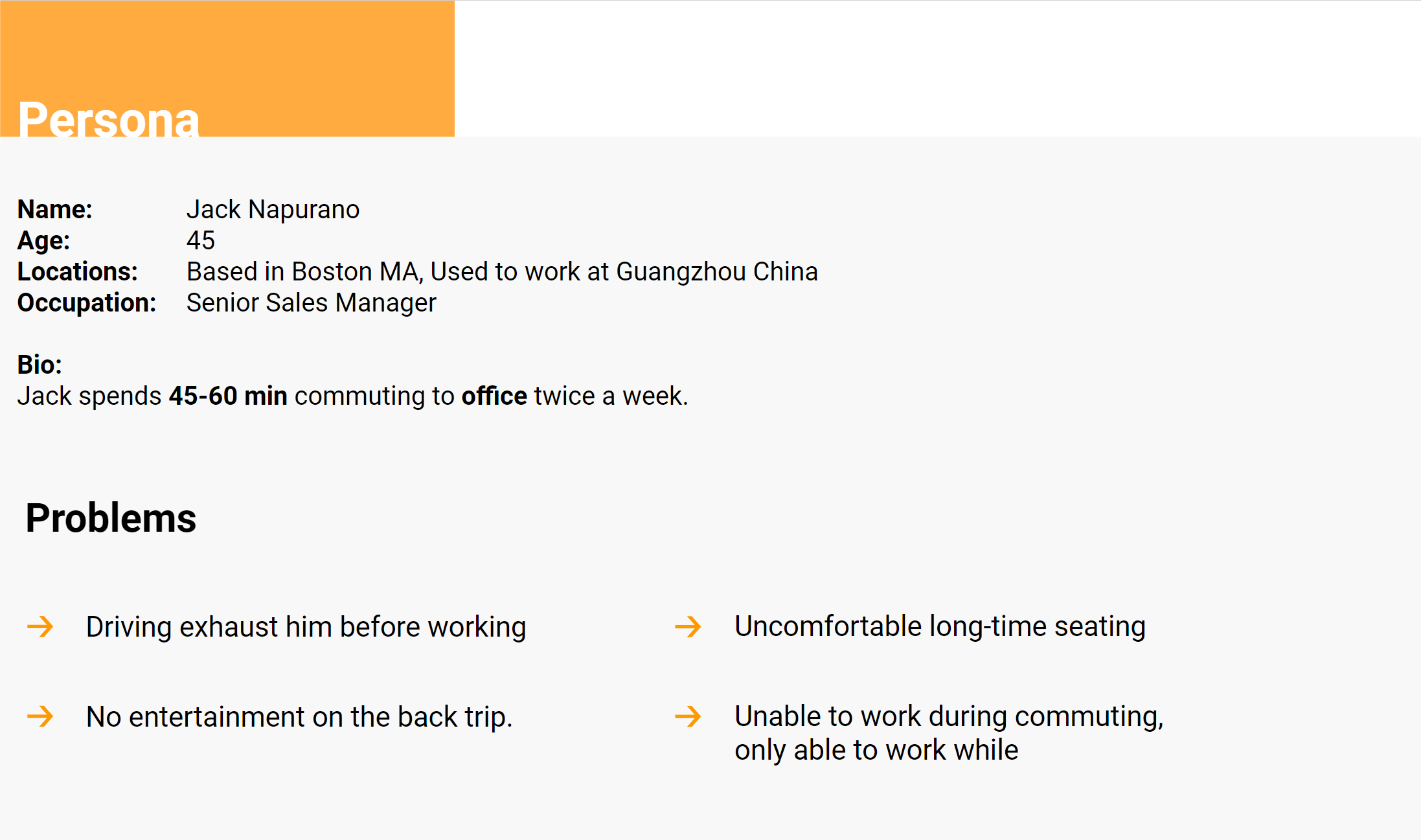
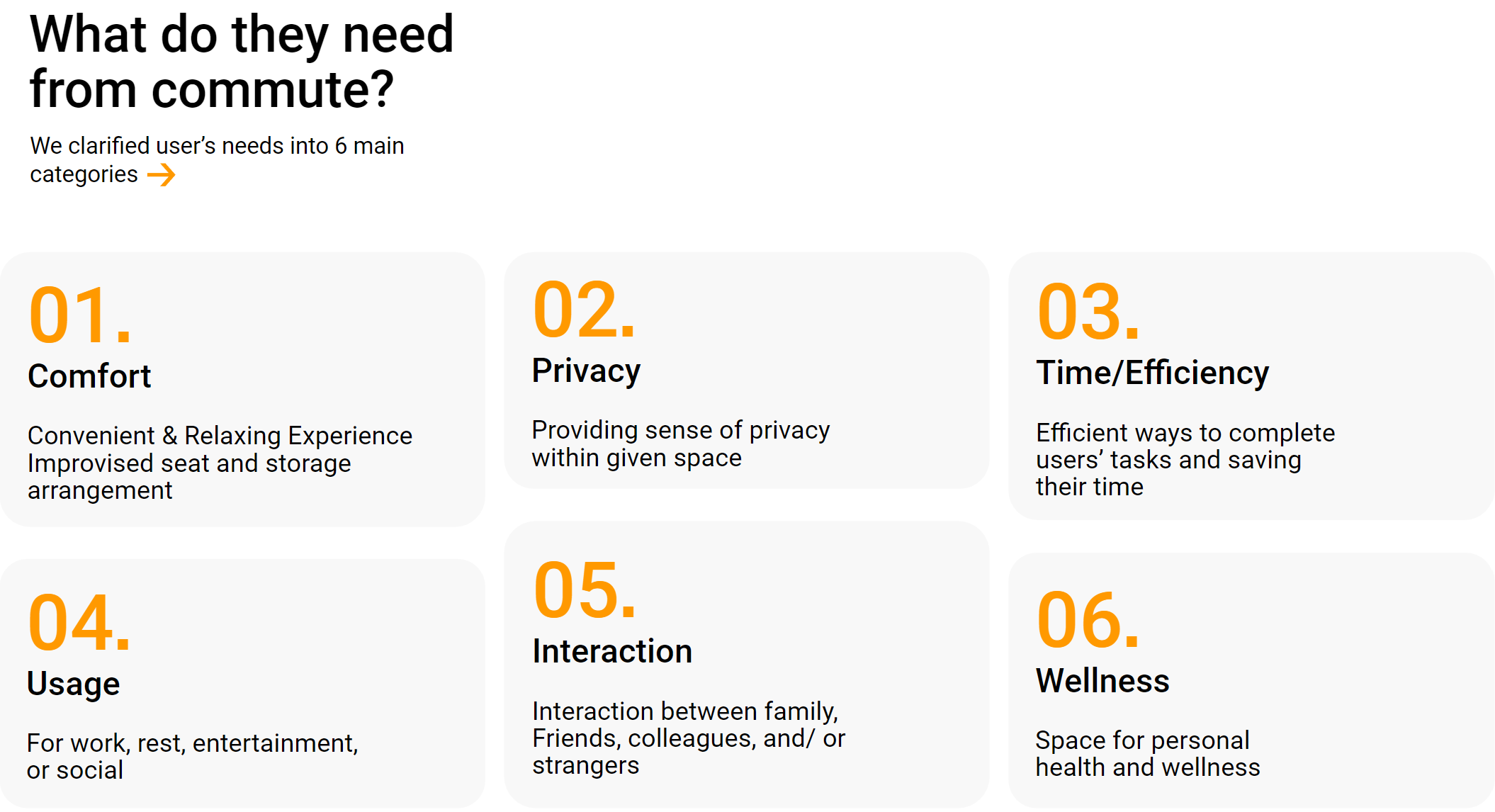
Opportunity
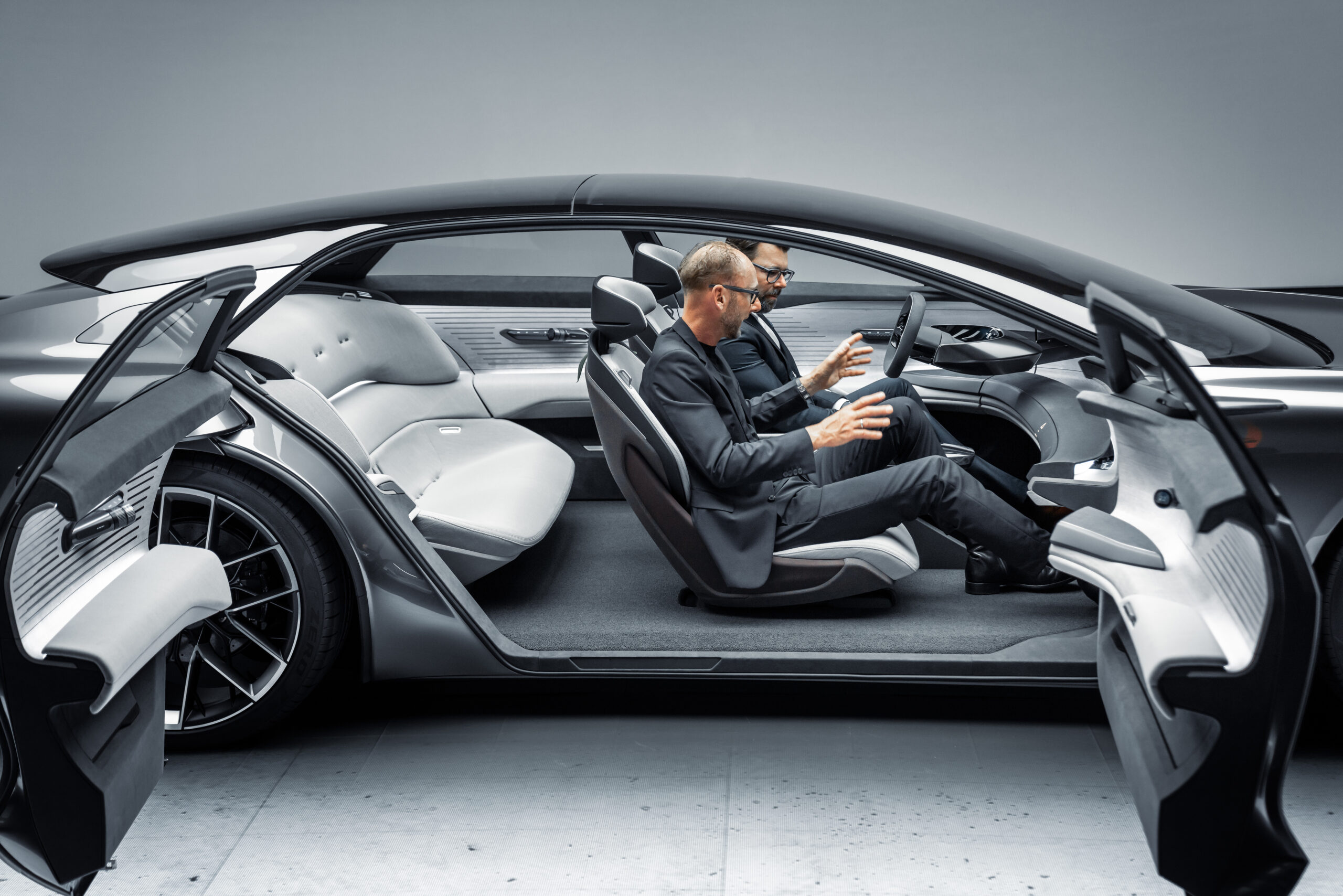
In 2035, we expected to have lv.5 fully autonomous electronic vehicle. With the removal of diesel driven structures and the free of driver rows, we will have more opportunities to focus on the interior, passanger driven riding experience.
Image courtesy: Audi Grandsphere Project
“More people define luxury as relaxation. They prefer an appearance that hides their wealth so they won’t be bothered by others”
Expert interfview with Eric, senior designer @ Audi
“...the starting point is the interior. The occupants needs and desires shape the space, the architecture, and the functions.”
First Class Toward the Future, Audi 2021
Click this to read more
Ideation
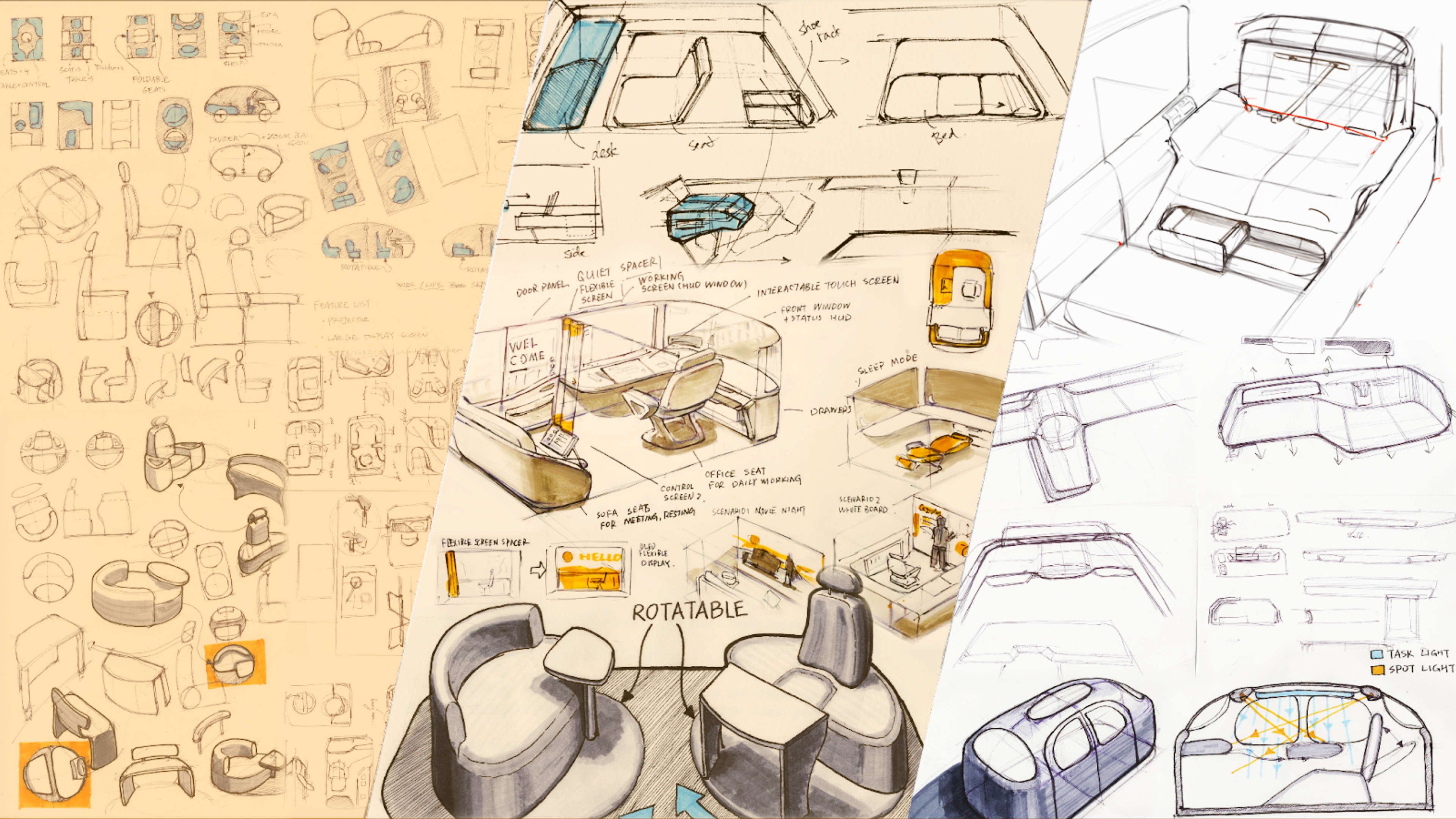
We started our iteration from the concept of a working office and later calibrated our direction to a space for work-life balance.
We also made a few presentable: An 1:1 physical model used to collect experience-based feedback, and 2 digital iterations to showcase the view and later adopt the VR into the experience.
Physical model
please enjoy this super low budget car commercial :)
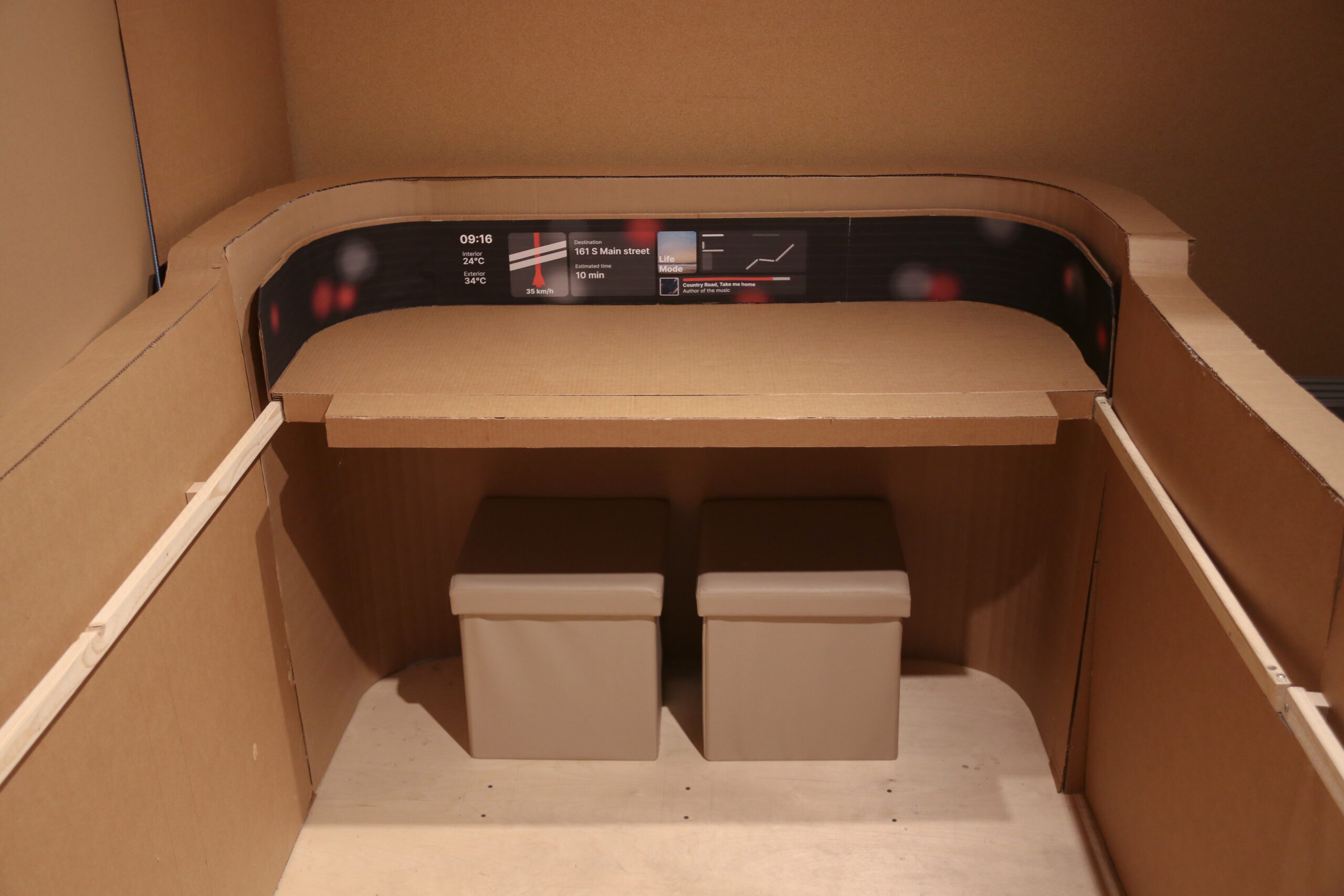
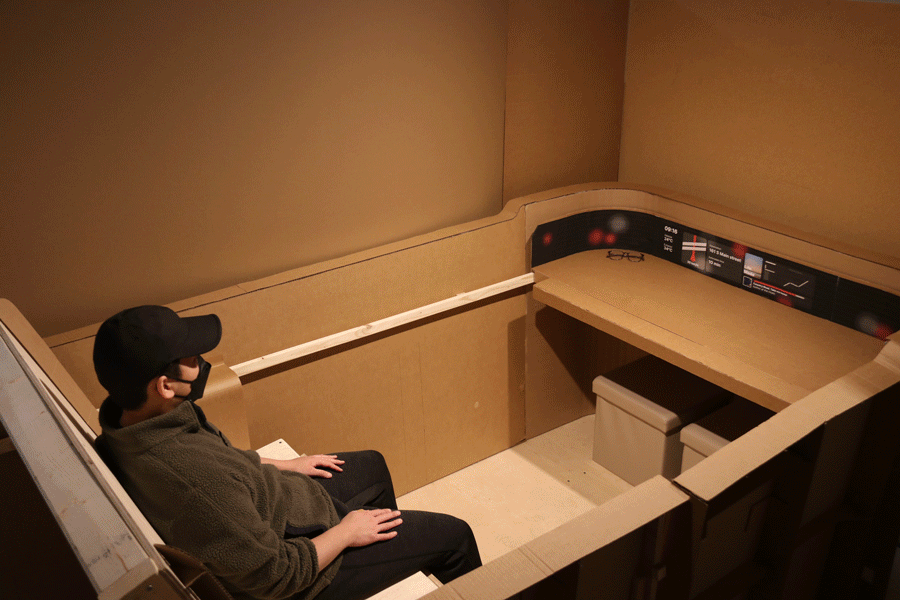
We use recycled wood and cardboard to build our physical model in our design process. Comparing it with traditional plaster modeling, it is fast to make, more cost-effective, and most importantly, environmentally friendly. We believe the topic of sustainability should even begin from the design phases. And later by using VR technology, we can offer similar visual quality as a clay model.
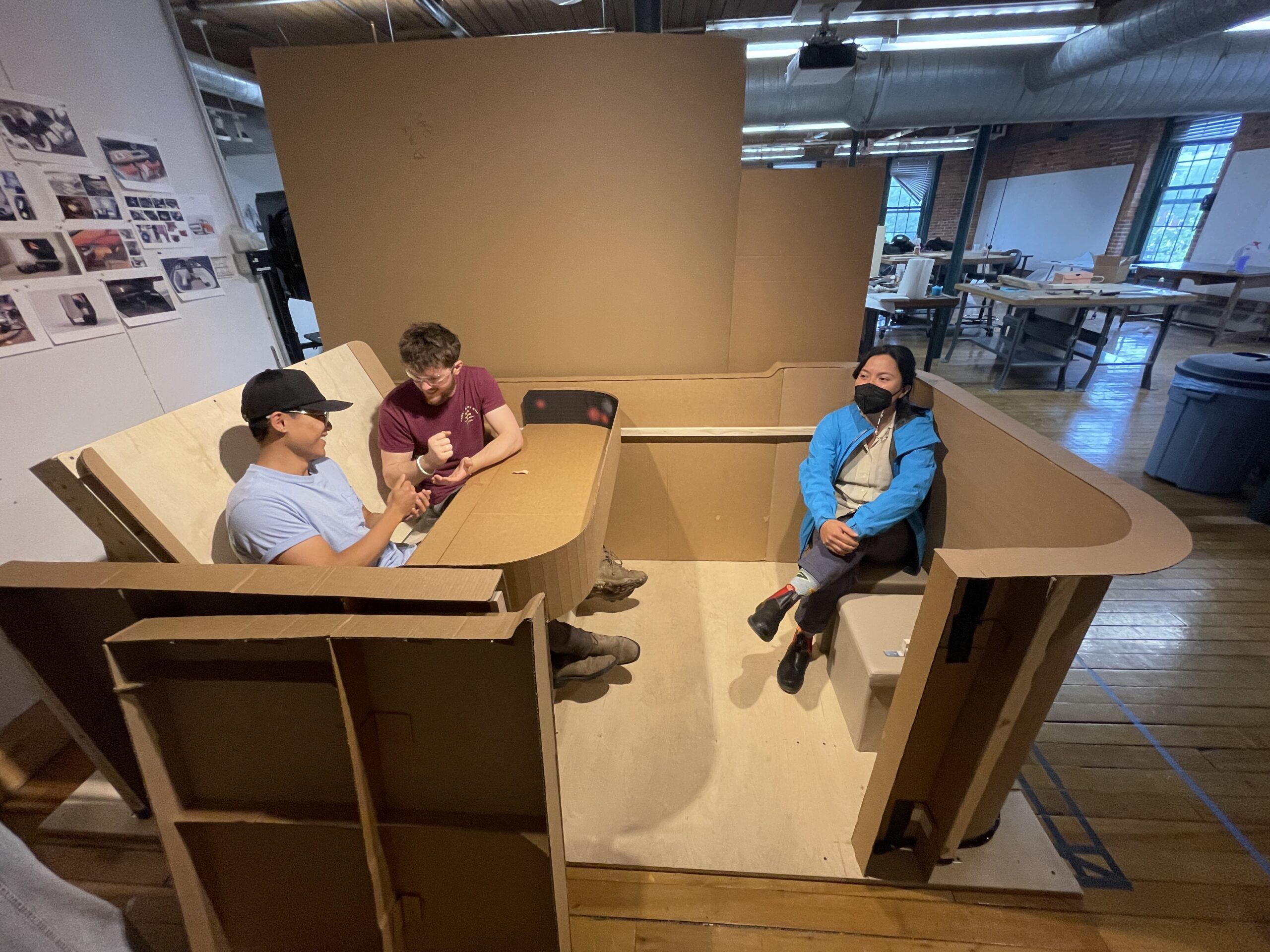
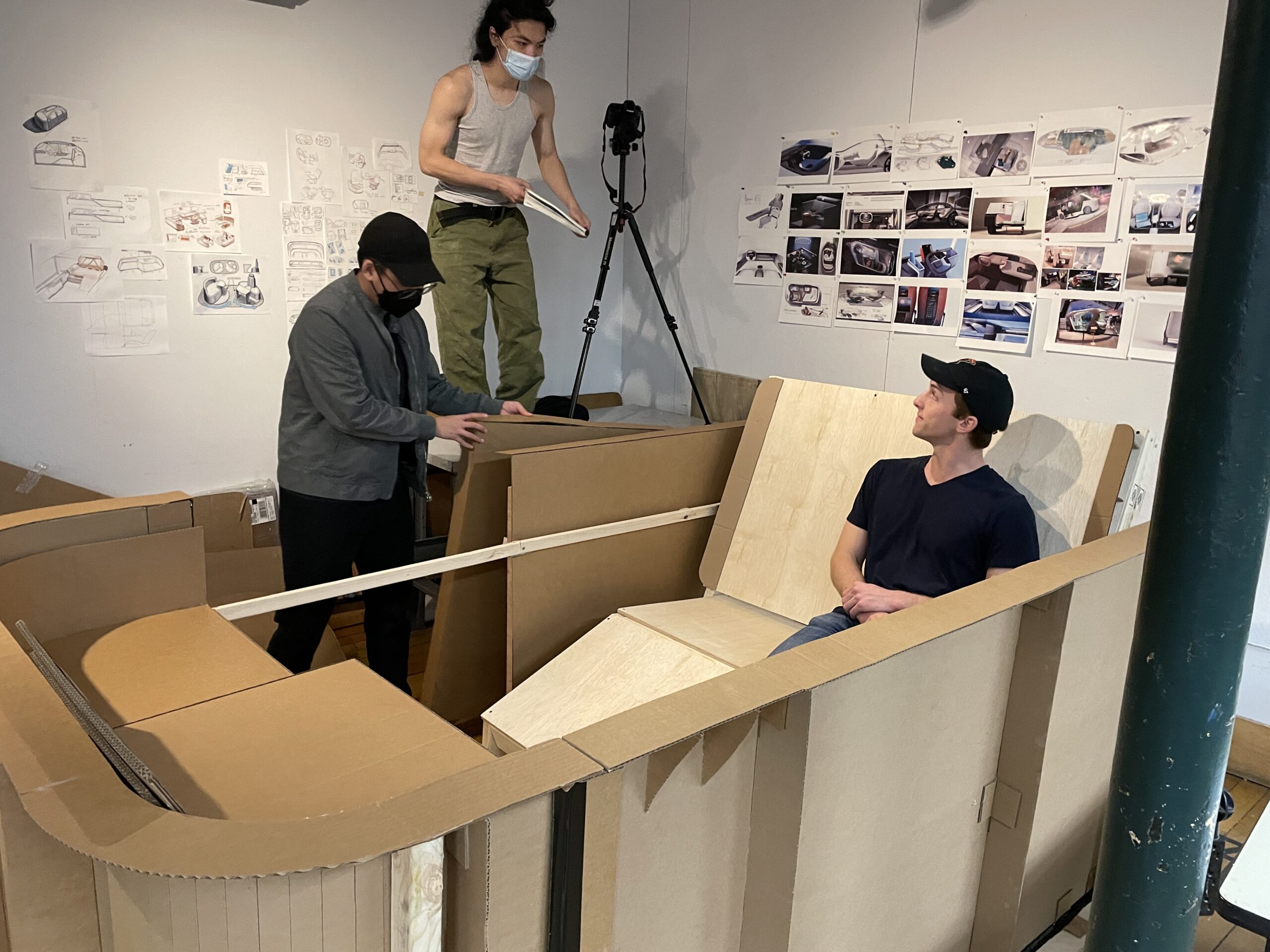
Digital models
Iteration 1:
We use this first iteration to give our testers an overall feeling of the experience and use these images to get feedback.
Modeler: Boungjin Ko
Software used: Autodesk Fushion 360, Autodesk Vred
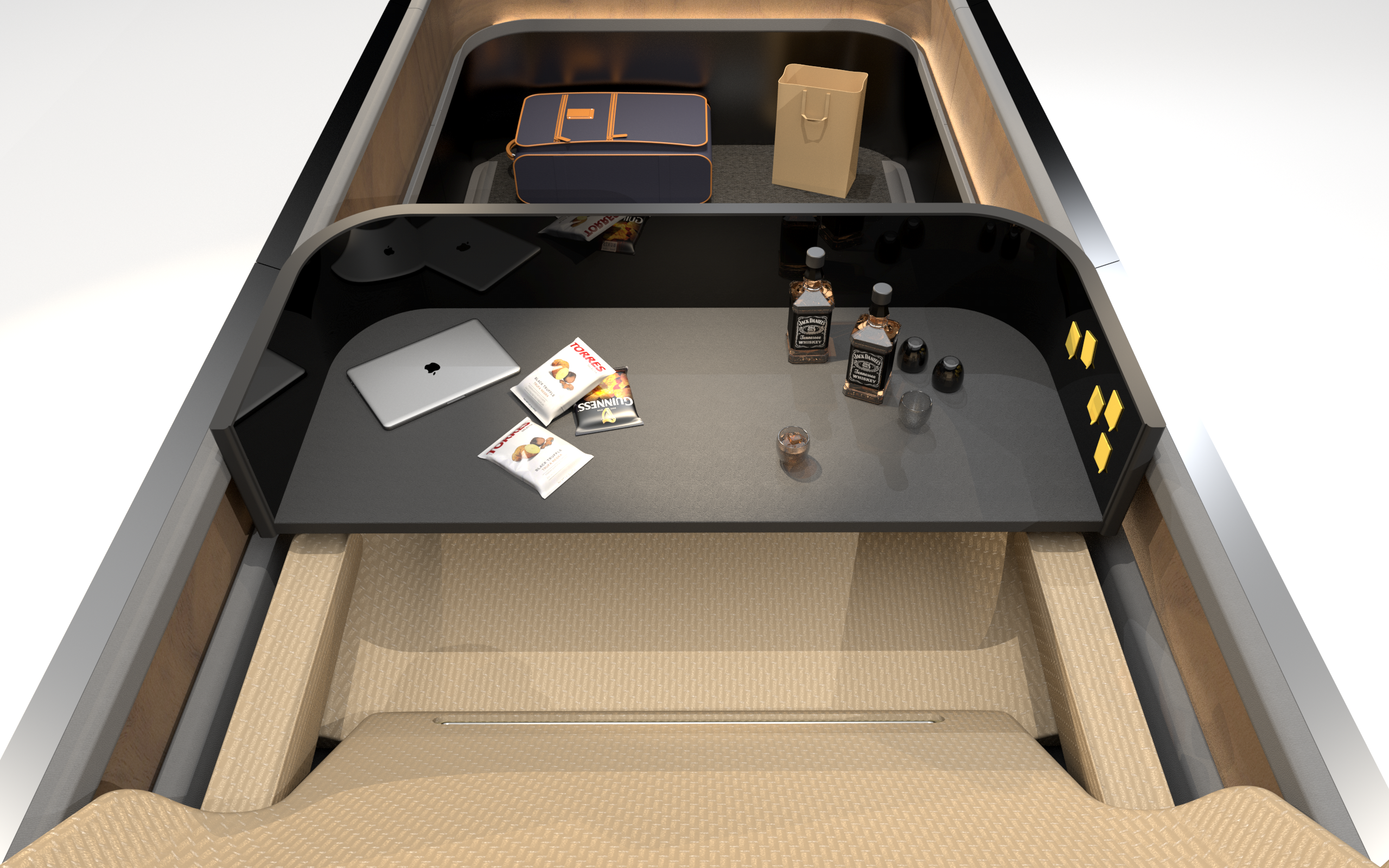



Iteration 2
Based on our received feedback, I created another different-looking iteration to bring a more futuristic design language out. Also, I used this opportunity to learn a different way to model vehicles prioritizing visualizations, which we are able to bring to a VR experience.
Modeler: Tian Tian
Software used: Blender, Quixel Megascan
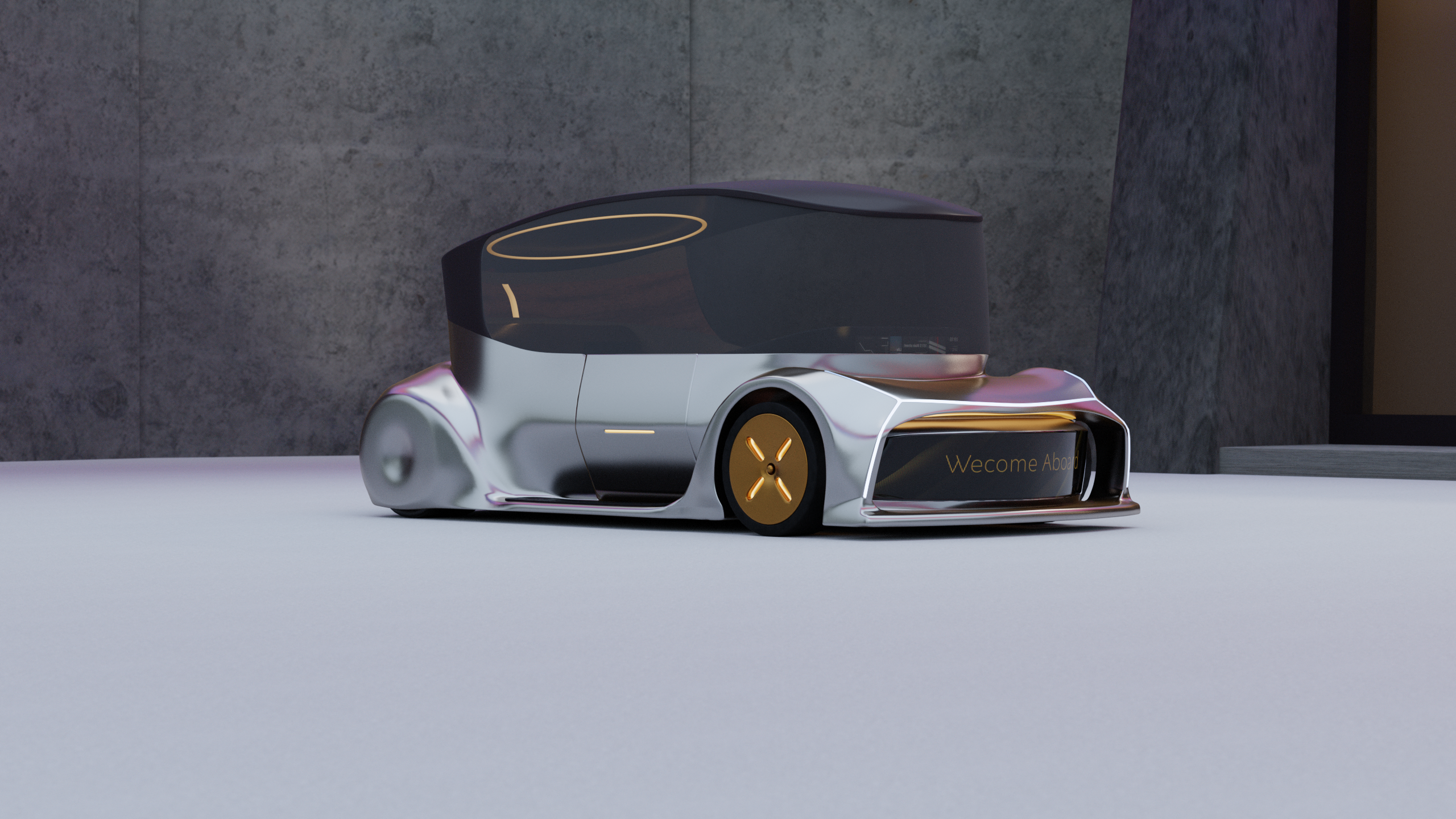
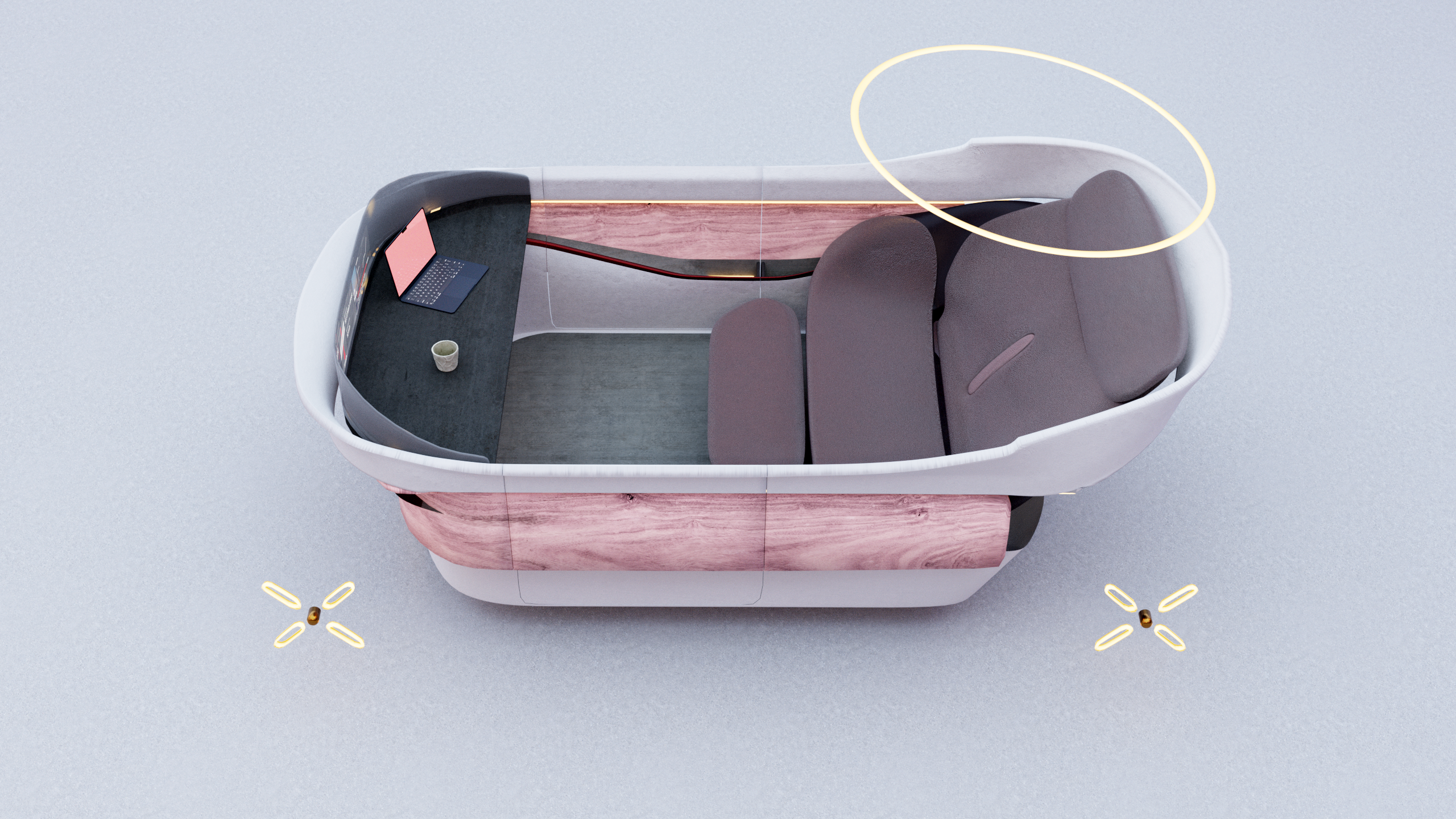
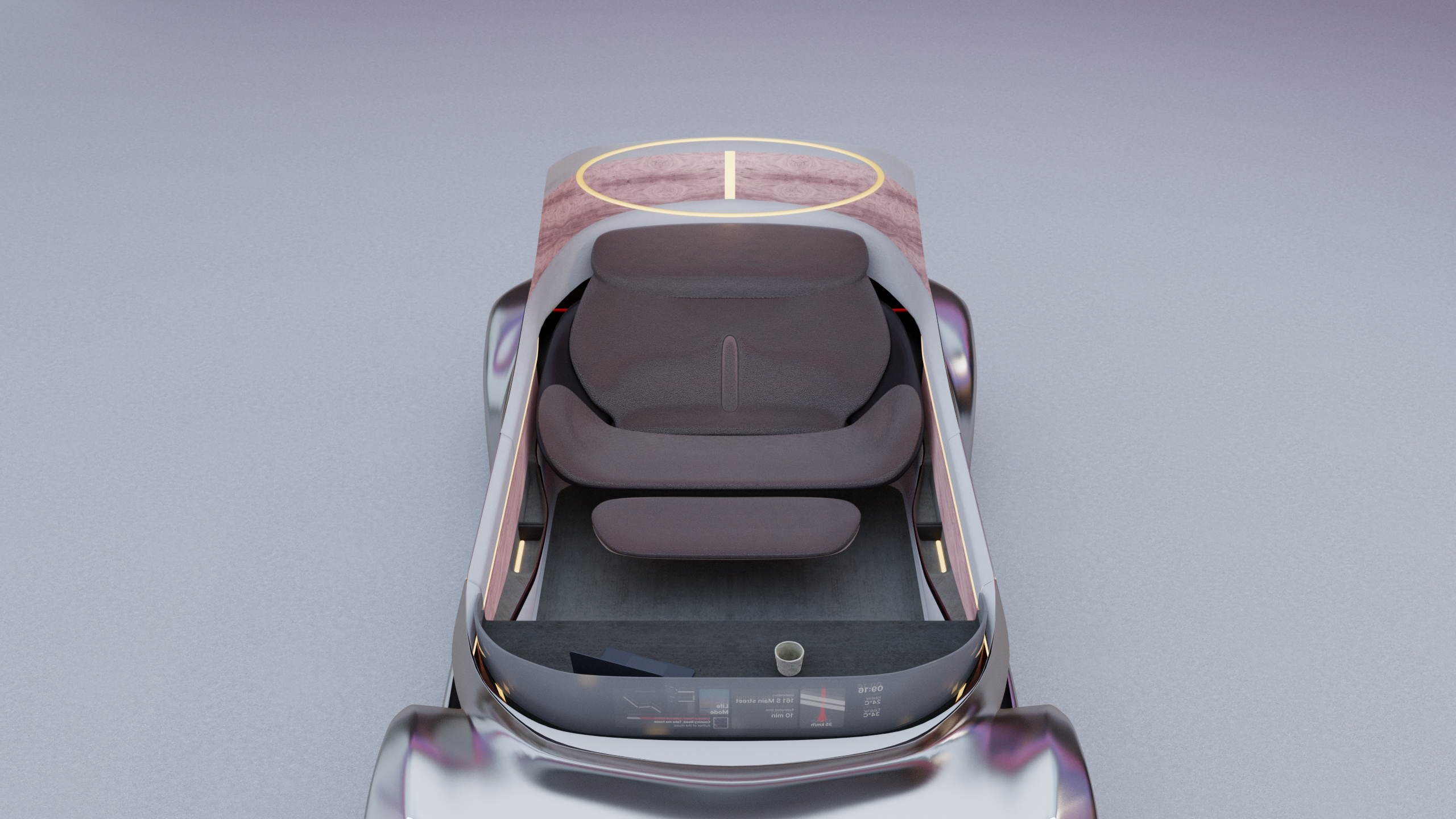

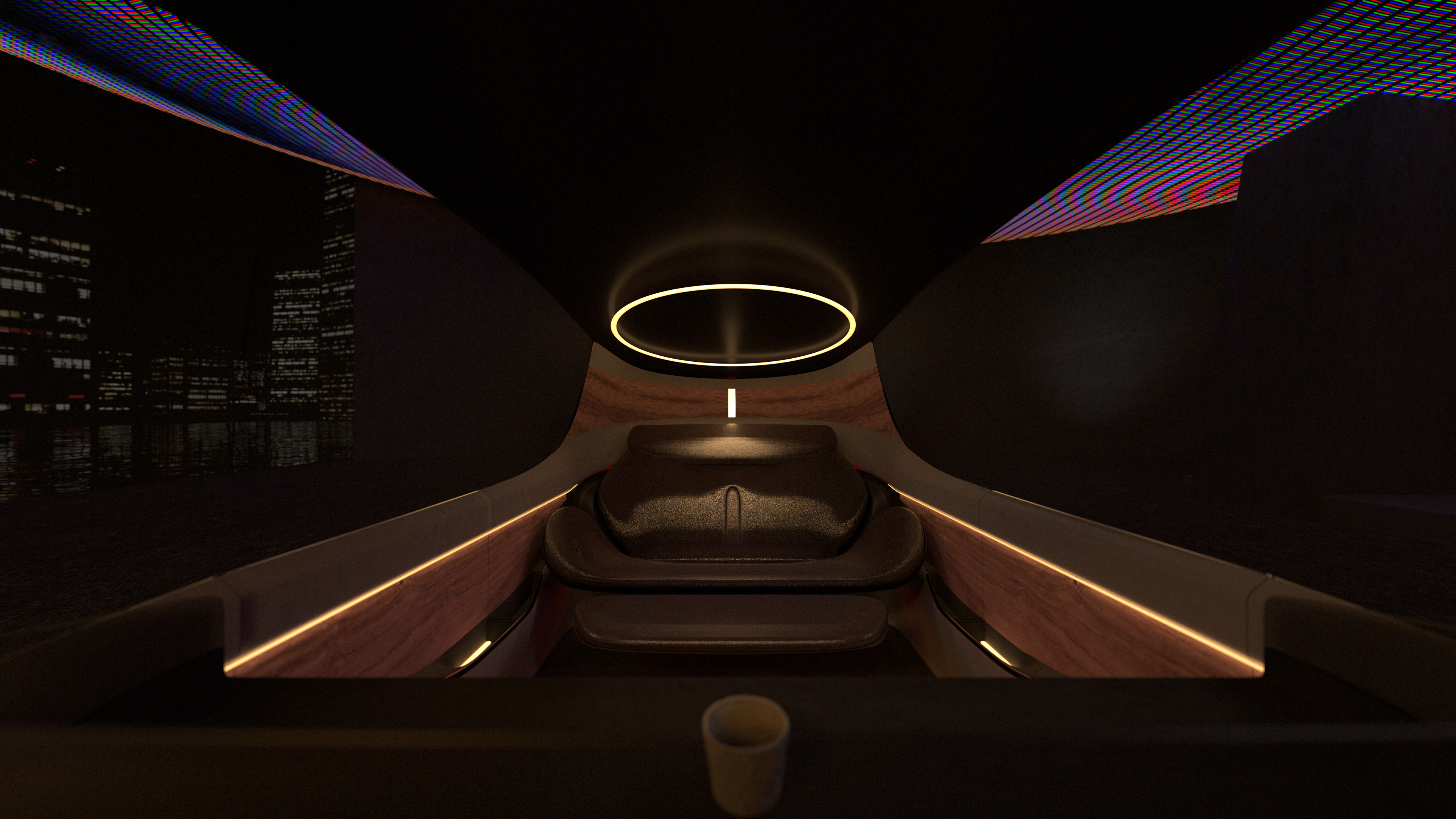
Looking forward
In this project, we examined many different aspects of the automotive industry. It served as an introduction to look at the stage where we are changing to. There are still many polished aspects that are worthwhile for us to explore, like space efficiency, energy cost, and sustainability, shared mobility, even the interaction between passengers and vehicles. But those are the excitement for me to dig through into this industry. Also during this project, I cannot say how much gratitude I have to people who are willing to help us.
This may call the end of this project, but this is just the beginning of my journey. Take the next step in the automotive industry, shall we?

Thank you!
